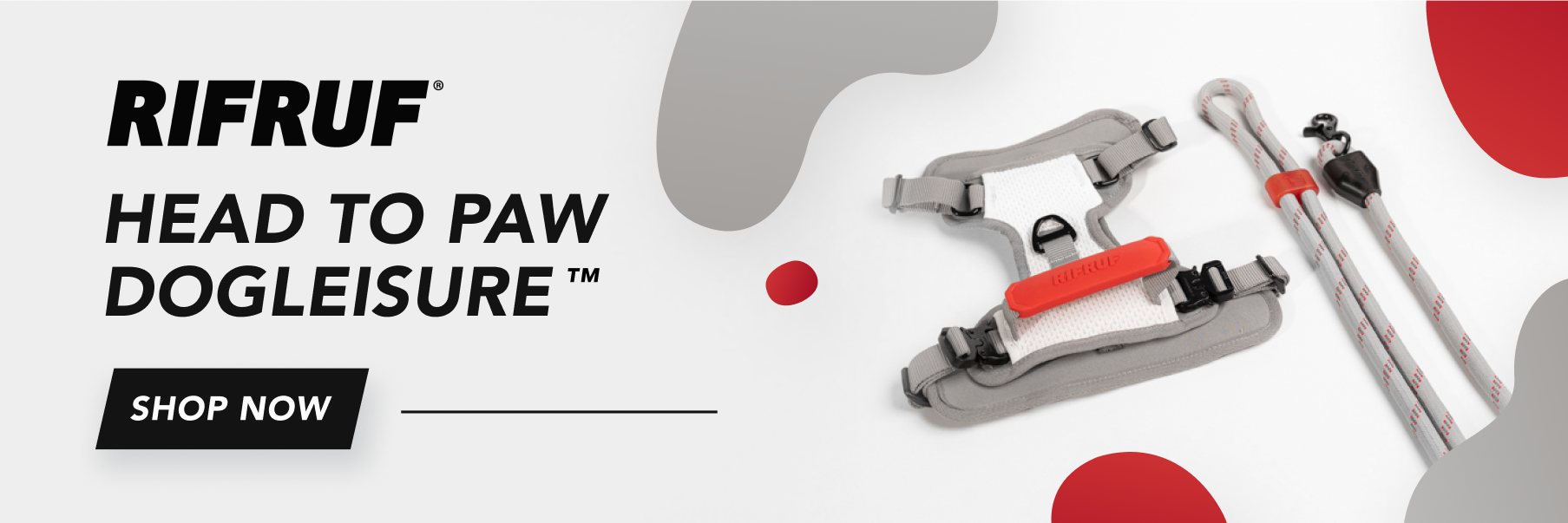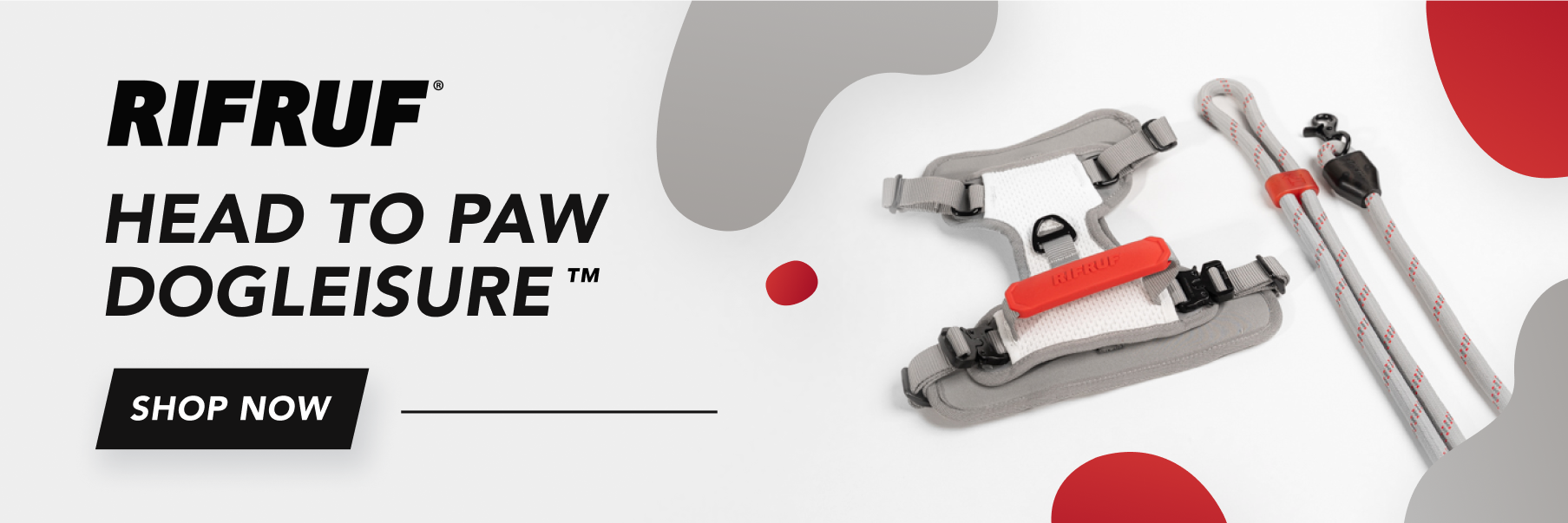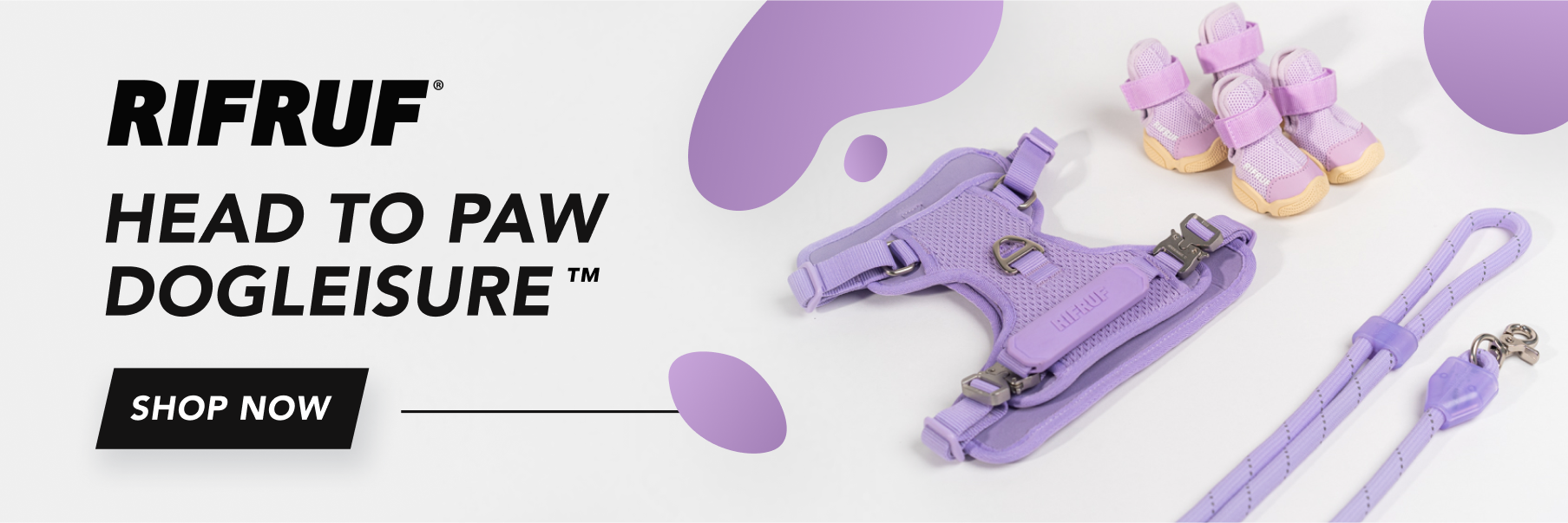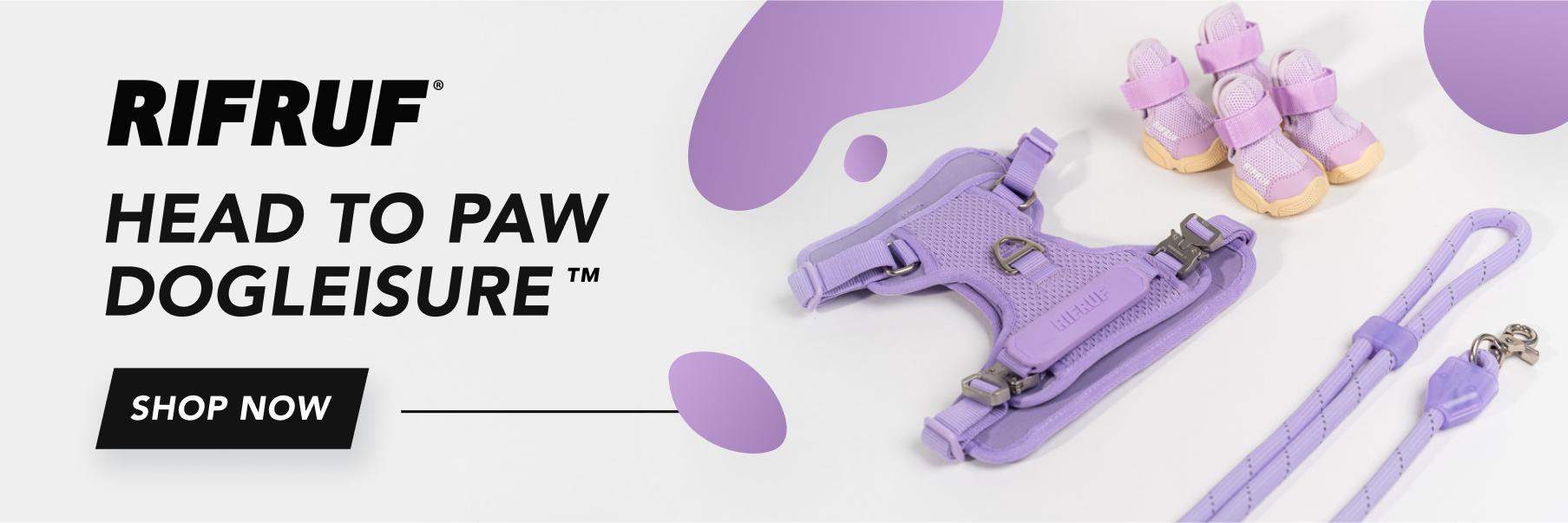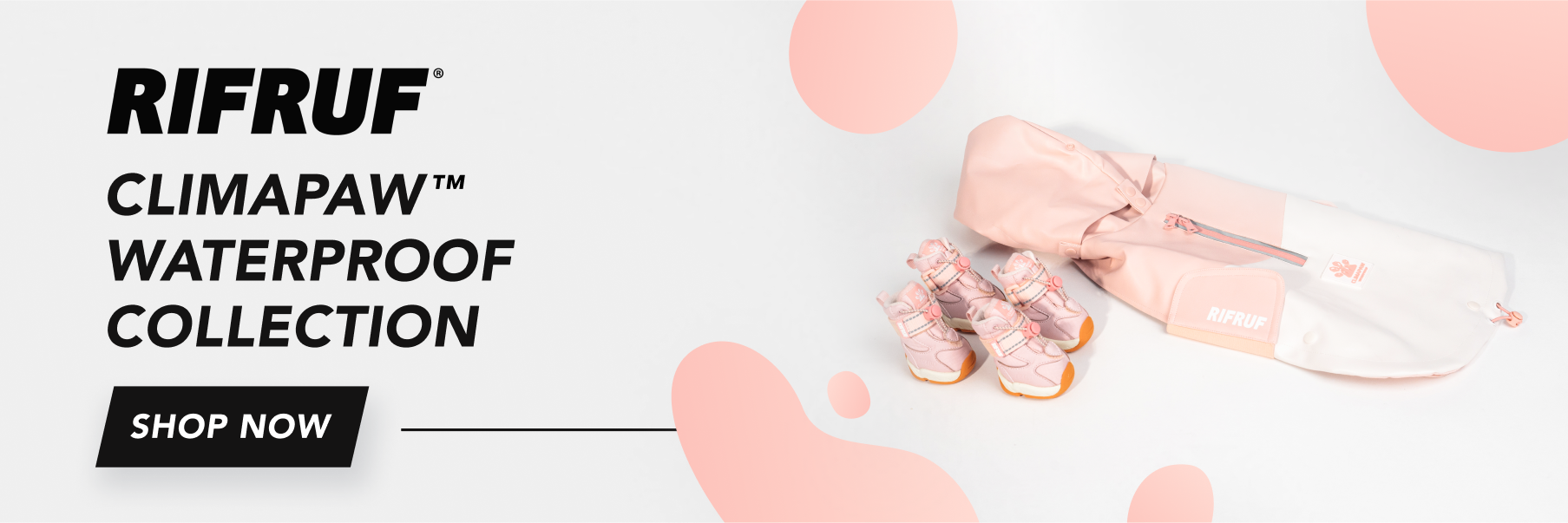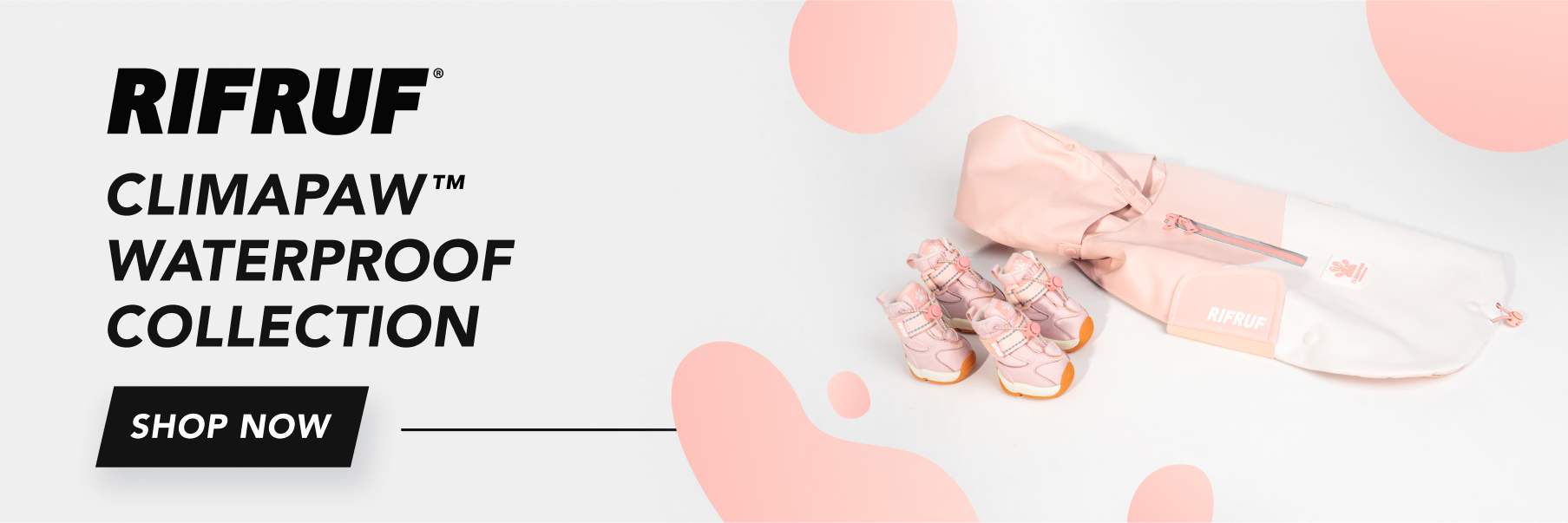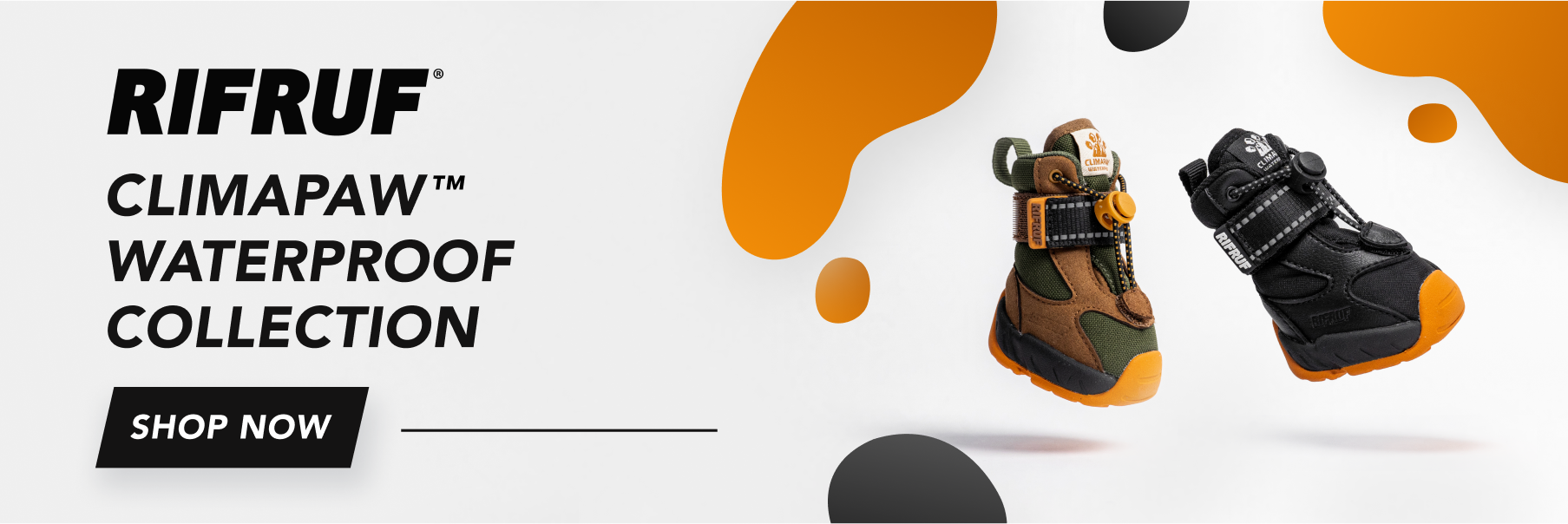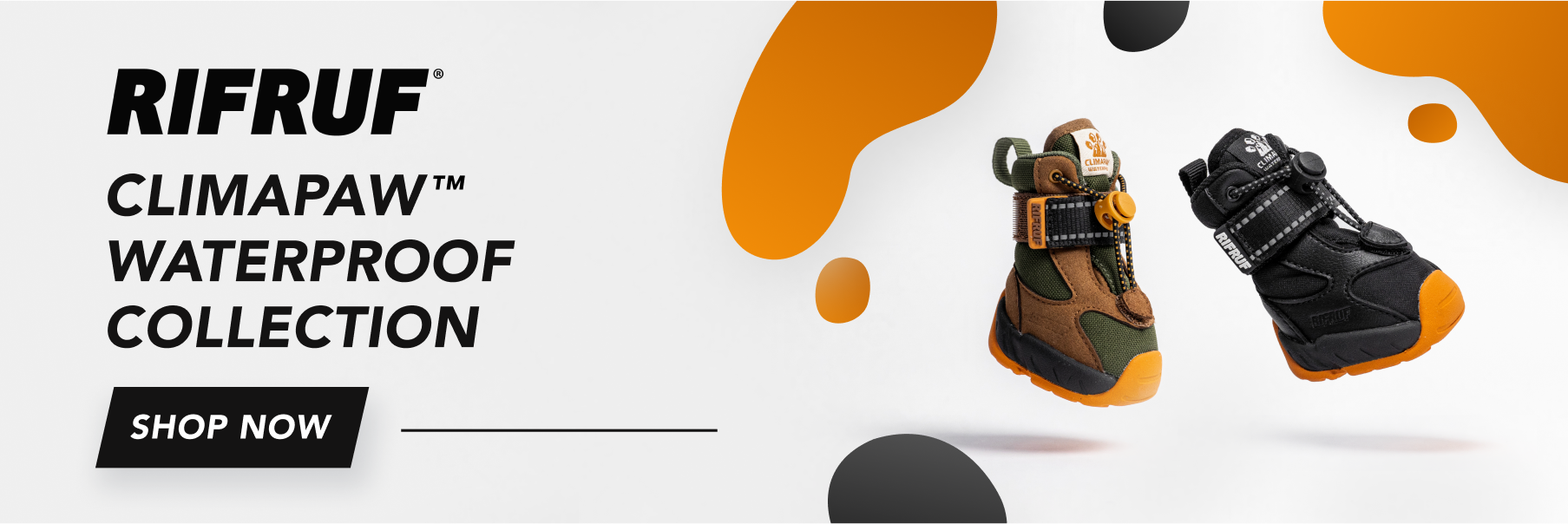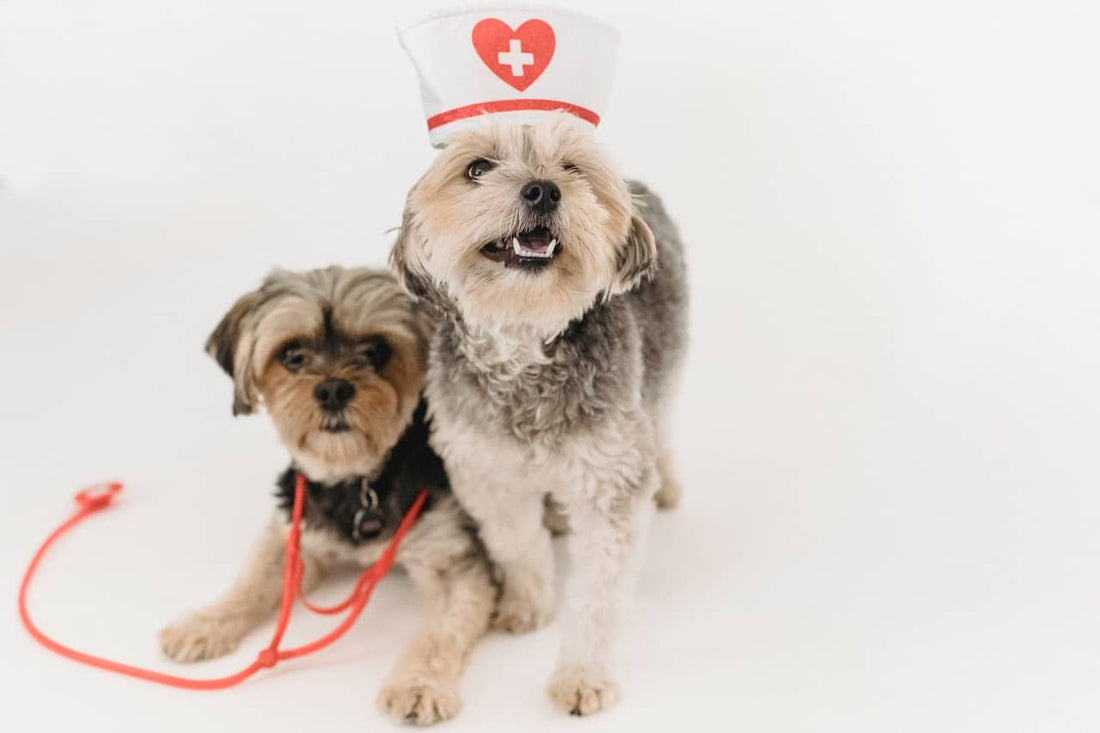Dog paw pad injuries are a common occurrence for pet owners and can be caused by a variety of things, from walking on the hot pavement to stepping on sharp objects. First aid can help treat these injuries and prevent them from getting worse.
We’ll discuss the basics of first aid for dog paw pad injuries, including what to do and what to avoid so that you know what to do for your fur babies in these instances. We'll also provide tips on how to prevent these injuries in the first place and help your dog heal quickly and safely.
Related: Why is My Puppy Limping
Why is the Paw Pad so Important for Dogs?
The dog’s paw pad is an essential part of the anatomy that serves a ton of important functions for our dogs. Not only does the paw pad provide traction and grip to help the dog move about on different surfaces, but it also helps to absorb shock and protect the joints from sudden jolts and impacts. The paw pads also act as a cushion between the hard ground and the bones and joints of the foot.
They also provide insulation from extreme temperatures. Since they provide a thick layer of protective skin, the paw pads prevent the dog from burning their feet on hot surfaces and from freezing their feet on cold surfaces.
The paw pads also provide a sense of proprioception, which is the ability to sense the position of the body and its limbs in space. This helps the dog to balance and to walk on different surfaces, such as slippery floors or uneven terrain.
Related: How to Calm a Dog When They’re Anxious

Signs and Symptoms of an Injured Paw Pad
If your dog has an injured paw pad, there are certain signs and symptoms you should look out for. The most common sign is limping or favoring one paw over the other. You may also notice your dog licking or biting at their paw or favoring it when they are walking or running.
Check the paw for signs of swelling, redness, or tenderness. Look for any cuts, scrapes, or punctures on the pad or between the toes. You may also see some discharge coming from the injury.
They may be reluctant or refuse to walk or put any weight on the paw. They may also be more vocal and whine or yelp when they are touched or when they move the injured paw.
If your dog has an injury on their paw pad, it’s important to keep them from running or jumping, as this could worsen the injury. Keep your dog in a quiet environment, and limit their activity to walking and playing indoors.
Keep your pup’s paws safe with dog sneakers from RIFRUF!
How to Treat a Torn Paw Pad
Treating a dog for a torn paw pad can be a difficult task, but it is important to do so in order to ensure that your pet is comfortable and healthy. The first step is to clean the area with warm water and gentle soap.
Related: Reasons to Wear Dog Shoes
Make sure to remove any dirt, debris, or grass that may be embedded in the wound. Then, carefully trim any fur surrounding the wound so that it can have room to heal properly.
After trimming, apply an antibiotic ointment to the wound and cover it with a bandage. Make sure to change the bandage every day and to clean the wound with warm water and soap before re-bandaging. If the wound is still bleeding, you may need to use a pressure wrap to help stop the bleeding.
It is important to keep your pup comfortable and minimize their activity for the next few days. If the wound is on the bottom of the paw, you can purchase a special boot or sock to help protect it as they walk. Make sure you limit their outdoor activity and provide them with a soft, grassy area to walk around.
Afterward, it is essential to monitor the wound closely for signs of infection. If you notice any signs of infection, such as redness, swelling, or discharge, contact your veterinarian to get the appropriate treatment. With proper care and attention, your pup's paw pad should heal quickly and without complications.
How to Treat a Pad Paw Burn
If your dog has suffered a burn on their paw pad, it is important to treat it as quickly as possible to help reduce the pain and discomfort and prevent further damage.
To stop the pain and to provide relief immediately, flush the burn with cool water for at least 10 minutes to help reduce inflammation and pain. If the burn is from a chemical, make sure to flush the area with lukewarm water for at least 20 minutes to completely remove the chemical.
After flushing the area with cool water, you should apply a topical antibiotic to the area to help prevent infection. If the burn is severe and the skin is blistered, you should cover the area with sterile, non-stick gauze and wrap it in place with an elastic bandage.
If the burn is minor, you can apply a thin layer of over-the-counter burn ointment to the area and cover it with a loose bandage. However, if the burn is more severe, consult your veterinarian.
Remember to try your best to keep the paw pad clean and dry, so do not let your dog walk around on the affected paw. You can also give your dog an over-the-counter pain reliever to help reduce the pain and discomfort. Keep an eye on your fur baby and if the pain does not subside, contact your veterinarian.
It is also important to monitor the burn for any signs of infection, such as redness, swelling, discharge, or a foul odor. If you notice any of these signs, take your dog to the vet as soon as possible for treatment.

Consider Dog Shoes for Paw Protection
RIFRUF offers a range of high-quality dog shoes designed to protect your furry friend's paws from potential injuries.
Our dog shoes are made of durable materials and come in a variety of sizes to ensure a perfect fit for dogs of all breeds and sizes.
Whether it's for protection from hot pavement or icy sidewalks, RIFRUF' dog shoes are a practical and stylish solution to keep your dog's paws safe and comfortable during outdoor activities.

